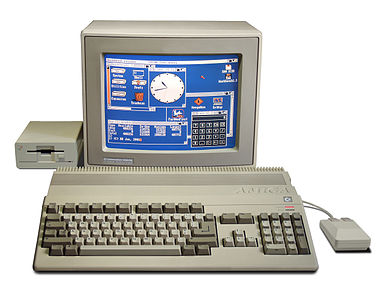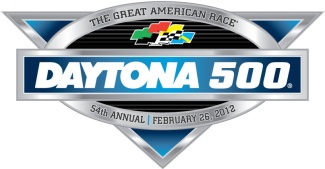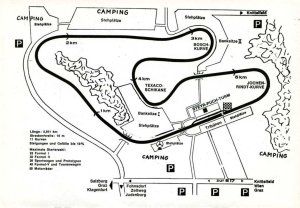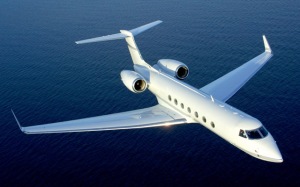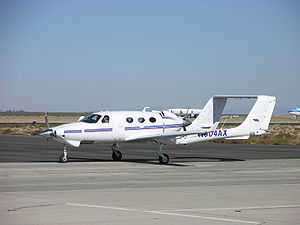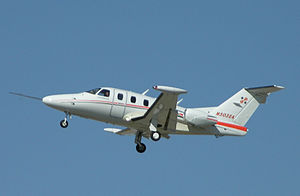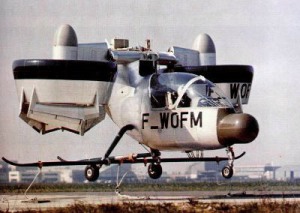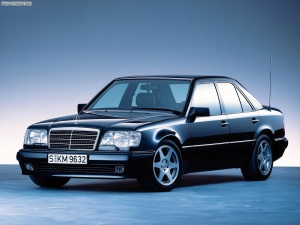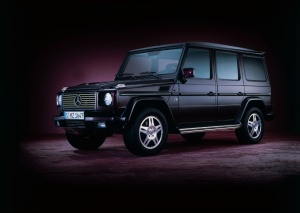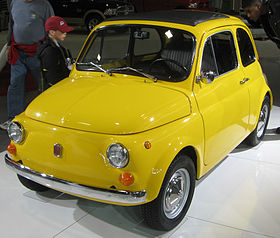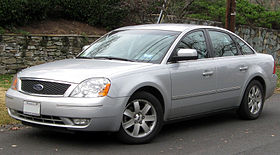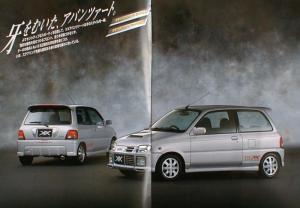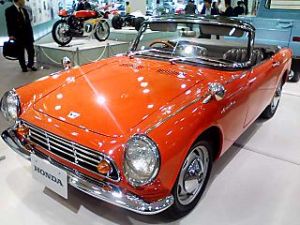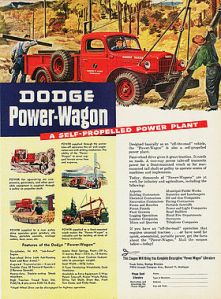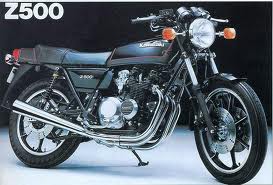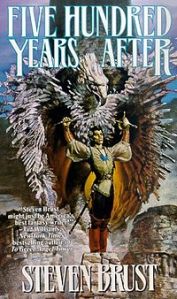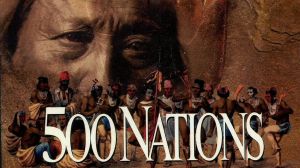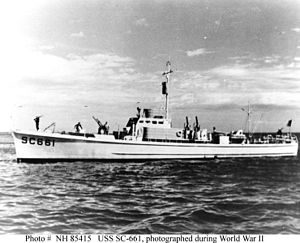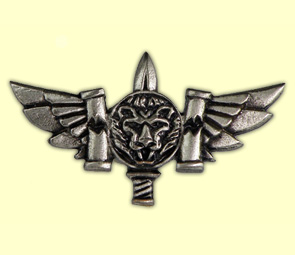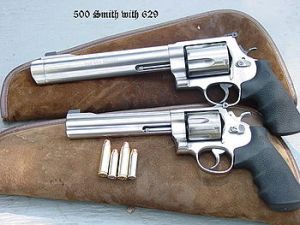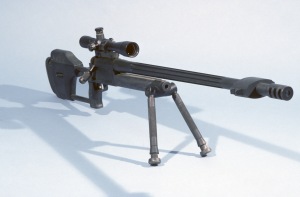“Fight Against Stupidity And Bureaucracy”
.
Yes, chain stores, axes and earthquakes are just some of today’s random selection of fabulous facts here at the fasab blog.
Hope find a few things new and interesting.
Enjoy.
.
.
NASA’s New Horizons mission will
be the first probe to study Pluto.
It was launched on January 2006,
and will be near Pluto on July 2015.
.
.
The world’s largest Axe is located
in Nackawic, New Brunswick, Canada.
It stands 15 metres (49 ft) tall,
weighs over 55 tons and the
axe-head is 7 metres (23 ft) wide and
has a time capsule embedded within it.
It sits on a concrete stump 10 metres (33 ft) in diameter.
The axe was commissioned, designed and
built in 1991 by a company in Woodstock and it
symbolizes the importance of the forest industry in the region.
.
.
There is a small town in Estonia (actual name ‘Tartu’)
that has been nicknamed of ‘Souptown’ because most
of its streets are named after various vegetables,
such as Kartuli (Potato), Herne (Pea), Oa (Bean),
Marja (Berry) and Meloni (Melon).
.
.
The town of ‘Superior’ in Wisconsin in the USA
is also known as ‘Soup Town’
but this is simply because the name was shortened
to ‘Soup’ and then ‘Town’ added later.
.
.
The first recorded chain store was British-owned W H Smith,
founded in London in 1792 by Henry Walton Smith and his wife.
The store sells books, stationery, magazines, newspapers,
and entertainment products.
.
.
In the U.S., chain stores began with the founding of
The Great Atlantic & Pacific Tea Company (A&P) in 1859.
By the early 1920s, the U.S. boasted three national chains:
A&P, Woolworth’s, and United Cigar Stores.
.
.
Ants are known to be able to lift and carry
about 50 times their own bodyweight,
but a recent scientific research study by
Ohio State University suggests it can be up
to an incredible 5000 times their bodyweight.
.
.
It was during the stupid ‘Prohibition’ period
in the Unites States (1920-1933),
when there was a nationwide Constitutional ban
on the sale, production, importation, and
transportation of alcoholic beverages,
that ‘cocktails’ gained popularity.
They were offered to mask the flavor of poorly made
alcohol and popular versions included
‘Mary Pickford’, ‘French 75’, ‘Barbary Coast’,
‘Bee’s Knees’, and the ‘Sidecar’.
.
.
And, by the way,
it is still illegal in Ohio to get a fish drunk.
.
.
Barack Obama is the USA’s 44th President,
but there actually have only been 43 presidents:
Grover Cleveland was elected for two non-consecutive terms
and is counted twice, as the 22nd and 24th President.
.
.
Although the Great Wall of China has
existed for more than two thousand years,
most of the rest of the world didn’t know
about it until after the first European,
a Portuguese explorer named Bento de Gois,
discovered it in 1605.
.
.
Not quite as old as the Great Wall of China,
but nonetheless impressive, was Brazilian woman
Maria do Carmo Jeronimo who for a while
was the oldest living person on earth.
She was the last Brazilian slave,
and one of very few people in history who
managed to live during three different centuries;
she was born in Brazil in 1871 and
she died on June 14, 2000,
at the incredible age of 129 years and 102 days.
Unfortunately lack of a birth certificate,
which were not often issued in those days especially for slaves,
prevented her official recognition as the world’s oldest woman.
.
.
If you ever wondered what it would be like
trying to eat your dinner during an earthquake
then you should book a table at
Disaster Café, in Lloret de Mar, Spain.
At the “disastrous” dinners customers experience
an artificial 7.8 magnitude earthquake
so don’t wear your best gear as there are likely
to be spilled food and drinks during the meal.
.
.
When James Wan agreed to direct the horror movie ‘Saw’
he also agreed not to receive an “up front” salary
but instead opted for a generous percentage
of the movie’s box office earnings.
‘Saw’ made over $100 million globally and it is
considered one of the most profitable horror movies of all time.
Wan’s risk also enabled him to become one of the youngest
and highest-earning directors in movie history.
.
.
The world’s shortest commercial flight takes place
between the two Orkney Islands, Westray and
Papa Westray, north of Scotland.
Operated by Loganair,
the flight covers a distance of only 1.7 miles (2.7 km)
and if the weather conditions are favorable,
it can be completed in just 47 seconds.
.
.
========================================
.























































